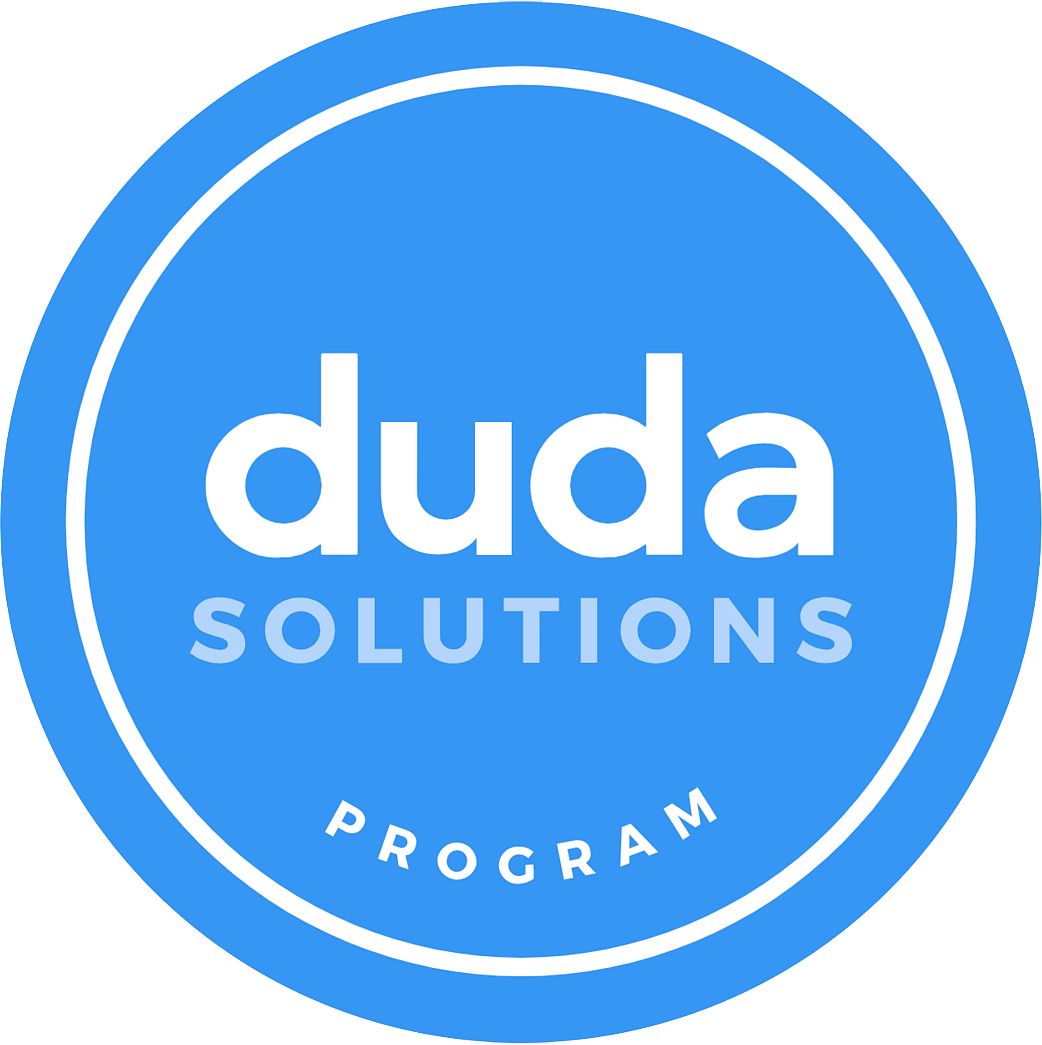
Words
of Wisdom from TheCamel


E-commerce Shopfronts

I have really enjoyed my time back in Australia for three weeks, a chance to meet with customers who are really now like family, and a chance to meet with family. I get to eat food that I have craved for years, and unless you have lived a long time away from your homeland that might be hard to understand.
Fish and chips, sausages in between two pieces of bread, lamb roast, real steaks, ahhhh the list goes on at the pain I have suffered of missing these foods the past few years. But soon it will be over, and I will be back to rice. I will even give up the knife and fork and go back to spoon and fork.
The other great thing after being away for a while is you get to visit places you have seen for a while, and oh boy, do you notice the changes.
Yesterday, was one of those days.
We went to visit an old friend in Richmond – that's one of the oldest suburbs in Melbourne. Years ago, if you lived in poverty, you lived in Richmond. In 2019? If you're in the highest tax bracket (read rich), you live in Richmond. It's super expensive.
But anyway, Richmond was famous for the main road, Bridge Road,
it was like the super shopping strip back in the day – super busy, super shops, it was awesome. Even a few years ago, groups would hire buses to shop there. But as kids? We would get dressed up, walk up and down being all goo goo eyed at the incredible shop fronts, new fashions, toys, TV's, it was sensational. But in 2019? Wow, the place is a ghost town of the retail world.
Now? In a lot of cases, little cafe's with Facebook searching customers buying one cup all day for free Wi-Fi have become the new mannequins!
So many empty shops, where have they all gone? E-commerce land in most cases.
Yes, when you search the old internet you will find them, but there is a big difference. The thrill of going down Bridge Road back in the day was the awesome shop fronts, always changing, always grabbing your attention, they had this "Come on inside" aura about them. In a lot of cases, the e-commerce stores don't have that. They all look pretty much the same, seen one seen them all.
So, what is the old Camel trying to get at today?
Well, we can't go past the fact that e-commerce is the way to go now. It's cheap real estate, and like Uber and Airbnb, it makes life tough to do things the old way. But there are some of the old ways of street strip retail that can be brought over to e-commerce.
Change your shop front often. Far too many e-commerce sites have the same home page. Yes, the products do change, but that first impression, the original "Wow", gets a bit stale and gathers dust over time. Keep it fresh, add some excitement, or people visiting will think "same old same old" when they visit.
The old shops always added, "Super Sale", "New Arrivals" banners to their windows. Do the same with pop ups and banners on your site.
Use the old school street marketing, the attention-grabbing front window look to your e-commerce site
and keep your customers interested and excited.
Use Bridge Road as your trigger. Keep your site exciting and your customers will remain excited.
Hugs from TheCamel.Co®















